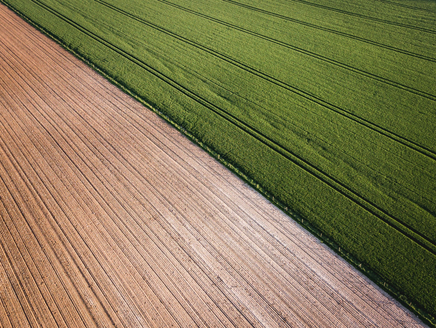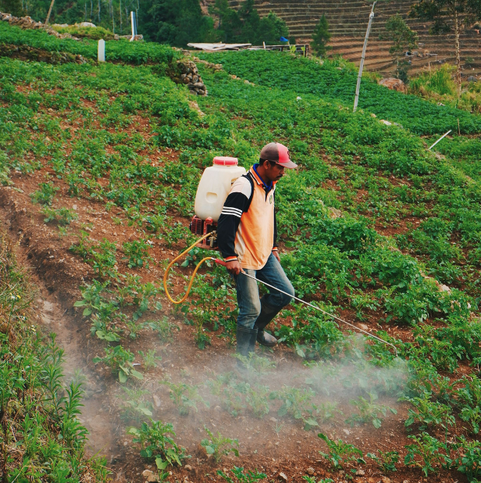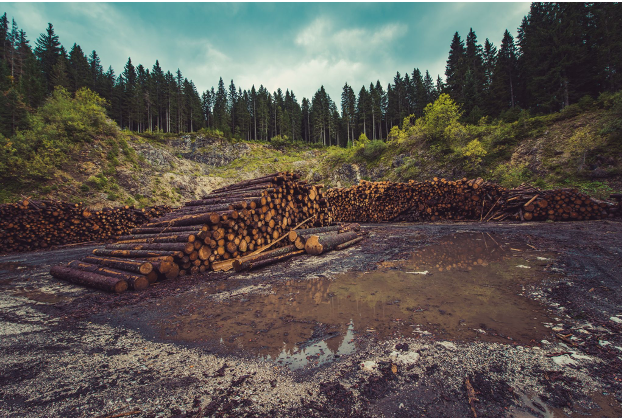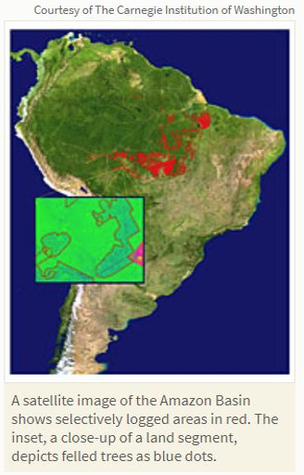 Ivan Bandura on Unsplash Ivan Bandura on Unsplash Man has been engaged in agriculture since the beginning of time. Still, almost 2/3rd of the world population is linked to this occupation. As the human population is expanding, we are getting more and more dependent on this occupation. And this, folks, is what is hurting our earth. Some of those practices will be discussed in this article. As the demand for food worldwide increases, more and more land is cleared by humans to use for agricultural processes. The lands that are cleared are forests or grasslands, which were once supporting a ton of species, and this is what those species have adapted to through millions of years of evolution. Now, as these habitats are cleared, some species adapt to new surroundings, and some just don’t. The species which fail to do so gets wiped out into extinction. This loss of species is very alarming. Ecosystem Imbalance The ecosystem works in a very delicate balance. Every living thing is dependent on the other. Lose of one has a drastic effect on the other. For example, there was a village in Bengal that was created on forest land. People had cleared forest land for agricultural use. They were soon attacked by the native tigers of the forest. As the human deaths increased, people retaliated, and the number of tigers that were killed increased. As the killings increased, tigers were seen less and less in the area. But it so happened that tigers were the force that was keeping the population of deers in check in that area. Fewer tigers meant more deer, and a boom in the deer population caused an imbalance in the ecosystem. The increased number of deer ran out of grass and shrubs to eat, i.e., the ecosystem failed to provide them with their food, and they started eating the crops, which destroyed the harvest and proved to be a huge financial loss for the village. This is just one example of how species interact and are dependent on each other, and the loss of one has huge effects on the other. Overuse of fertilizers & pesticides The second part of the unsustainable farming practice is the over-use of fertilizers and pesticides. Fertilizer is the substance you add to increase the fertility of the soil or to boost the growth of the plant. Pesticides are the stuff you add to kill the pests that damage your crops. Now agriculture has not seen much change in 4-5 thousand years of its history. People have been using organic fertilizers in the past, for example, manure, and been using animals as pesticides. But now, as the world is beaming with people and the demand for food is ever-growing, agriculture is boosted by the use of fertilizers. The crop that would naturally take, for example, six months is now ready in 3, and the deadly pests that reduced the turnover are now killed by using pesticides. This allows the farmers to get the harvest they desire and earn a lot of cash, and it satisfies the ever-growing world hunger. But what is wrong is this practice, if one may think! The fertilizers used in modern agriculture practices are the cause of hardened soil, loss of soil fertility. These have detrimental effects on the environment. Contrary to popular belief, fertilizers do not restore or increase soil fertility; they only maintain levels of calcium phosphate and nitrogen. They deplete other nutrients. Phosphorus, as we know, is not soluble in water and is one of the greatest causes of soil hardening. And on the other hand, the alkaline fertilizers introduce alkalinity in the soil, cause infertility, and eventually, lands become barren. The fertilizers sure help the plant grow faster, but the deficiency of other nutrients causes the plant to have a weak immune system, and that is why heavier, more potent pesticides are used to protect them. Pesticides are literally poison we put in the soil so pests or weeds which are undesirable or cause harm to the crops can be eliminated. That is not all the damage these chemicals do. When they have washed away in the water, they eventually find their way into a water body, and they pollute the water. These chemicals are harmful to aquatic life. They are also involved in the leaching of metals for the stones and the increased nutrient content of the water body due to the introduction of fertilizers that cause eutrophication. The water body turns into an algae-infested swamp with zero aquatic life because of the consumption of oxygen by the algae. Greenhouse Gases And the third point surprisingly enough states that agriculture is a major cause of greenhouse gases. Agriculture, as stated above, is essentially a land grab against nature. We destroy forests and habitats and use them as agricultural fields. But how is the forest destroyed? Simply by cutting and setting fire the entire place. This adds a huge amount of fumes and smoke into the atmosphere, again disturbing the delicate balance between the environment. That's not all. Apart from clearing fields, agricultural fields use heavy machinery that uses gasoline which adds to the pollution. Non-sustainable forestry Now the second part of our topic is the unsustainable practices in forestry. Humans use a lot of timber for various reasons. They use it for strength; they use it for decoration purposes. Deforestation plays a very key role in the destruction of habitats, and the very growing demand for timber and precious expensive wood like mahogany is a great stimulus. But in recent years, there has been a change in tactics. People use selective logging in which instead of clearing a big area of forest, they take a few and let the rest of them stand, leaving behind wood debris and denuded land. We will use the amazon rainforests as an example here. Due to the depletion of forests in south-east Asia now the attention has been diverted back to amazon. In Brazil, people are mostly poor, and they burn off areas of forest and use it for agriculture and cattle ranching. The satellite images from a 2005 Science study by Carnegie scientist and assistant professor in Stanford University Department of Geological and Environmental Sciences show that unregulated selective logging is clearly a vast area of the forest. On average, some 5800 sq. meter forest area is cleared by the locals to acquire land for agricultural purposes, and now with the added selective logging, this loss of land has increased by twofold. In Amazon, there are 35 merchantable species of hardwood trees, including Mahogany, that can cost hundred dollars each. Not only this, the logging of trees causes damage to nearby trees as the vines of the top of the canopy are entangled. Taking down a few of these will bring down the neighboring trees as well. And also, the cleared or logged area makes the land dry as the light can directly hit it. This makes it more vulnerable to catch fire, causing huge forest fires. The loss of trees destroys habitats and causes an imbalance in the ecosystem. Climate change is another major challenge from this land-use change. Removal of the tree trunk leaves behind the crown leave debris and vines to rot and decompose. An estimated 400 million tonnes of carbon dioxide is released into the environment from deforestation in Amazon. That’s a huge number! The Bottom Line There are solutions to avoid the massive crisis in the future. But it will take the education of the entire world's population and also will take a joint effort by the governments around the globe by enforcing heavy taxes and punishments for deforestation. And for the unsustainable agriculture practices, the development of an organic alternative to the modern fertilizer might help. Education of the farmer using a limited amount of chemicals might also go a long way. Research and development of new agriculture technologies and techniques is also the need of the hour. AuthorNida Riaz is a freelance blogger based in Pakistan. She started writing about her passion for the environment when the world came to a stop in early 2020.
0 Comments
Leave a Reply. |
|
|
(833) CMS-LINE
(833) 267-5463 PO Box 13477 Mill Creek, Wa, 98082 © Conservation Made Simple. All rights reserved.
501(c)(3) Non-Profit, Tax ID#: 82-1646340 Copyright © 2021 Conservation Made Simple |



